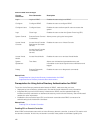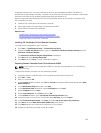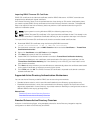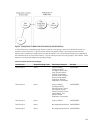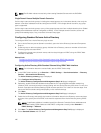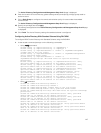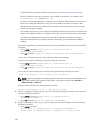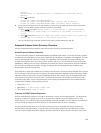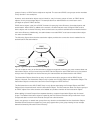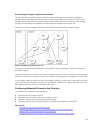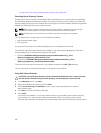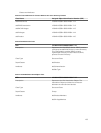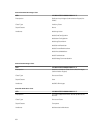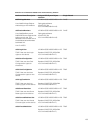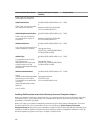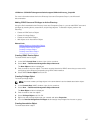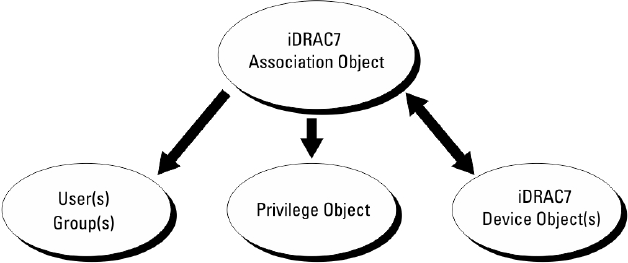
groups of users, or iDRAC device objects as required. The users and iDRAC user groups can be members
of any domain in the enterprise.
However, each association object can be linked (or, may link users, groups of users, or iDRAC device
objects) to only one privilege object. This example allows an administrator to control each user’s
privileges on specific iDRAC devices.
iDRAC device object is the link to iDRAC firmware for querying Active Directory for authentication and
authorization. When iDRAC is added to the network, the administrator must configure iDRAC and its
device object with its Active Directory name so that users can perform authentication and authorization
with Active Directory. Additionally, the administrator must add iDRAC to at least one association object
for users to authenticate.
The following figure shows that the association object provides the connection that is needed for the
authentication and authorization.
Figure 2. Typical Setup for Active Directory Objects
You can create as many or as few association objects as required. However, you must create at least one
Association Object, and you must have one iDRAC Device Object for each iDRAC device on the network
that you want to integrate with Active Directory for Authentication and Authorization with iDRAC.
The Association Object allows for as many or as few users and/or groups as well as iDRAC Device
Objects. However, the Association Object only includes one Privilege Object per Association Object. The
Association Object connects the Users who have Privileges on iDRAC devices.
The Dell extension to the ADUC MMC Snap-in only allows associating the Privilege Object and iDRAC
Objects from the same domain with the Association Object. The Dell extension does not allow a group or
an iDRAC object from other domains to be added as a product member of the Association Object.
When adding Universal Groups from separate domains, create an Association Object with Universal
Scope. The Default Association objects created by the Dell Schema Extender Utility are Domain Local
Groups and does not work with Universal Groups from other domains.
Users, user groups, or nested user groups from any domain can be added into the Association Object.
Extended Schema solutions support any user group type and any user group nesting across multiple
domains allowed by Microsoft Active Directory.
150



